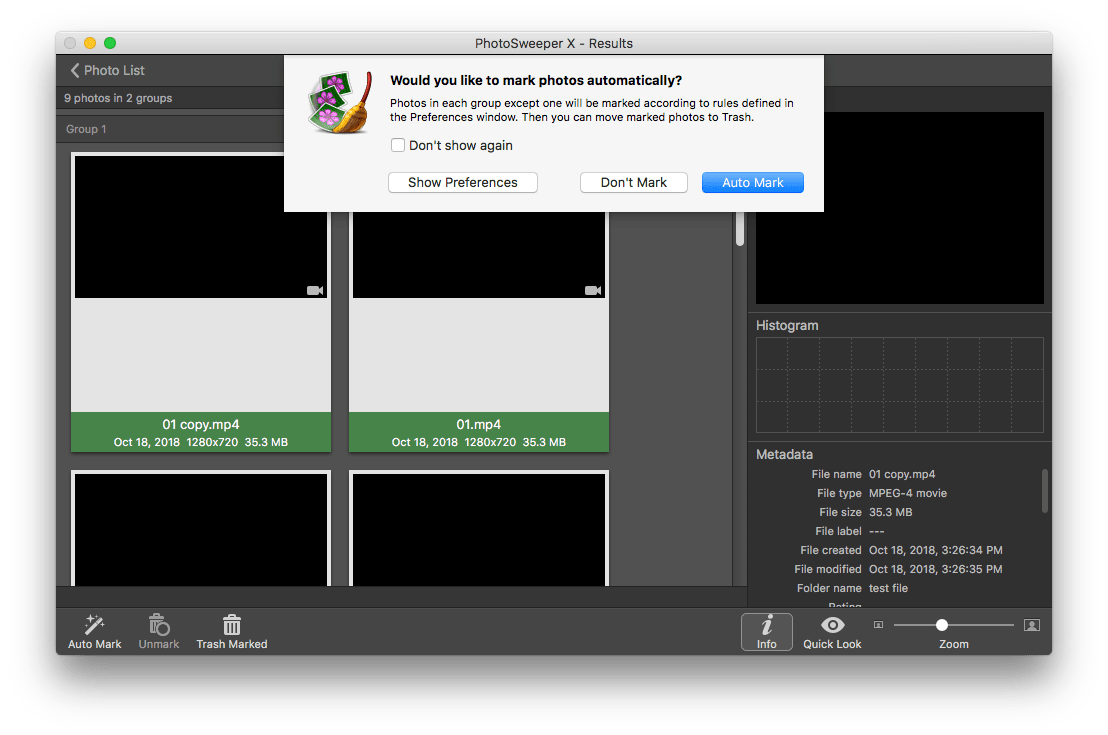

Photosweeper locked how to#
When you click Trash Marked, PhotoSweeper opens Photos and moves the photos you marked to their own album, as well as offering instructions on how to delete the photos completely.The method takes a long time depending on the number of photos being compared, but the bulk of the matches are duplicates or extremely close to duplicates. Then you browse through the photo groups and select which ones to delete.I personally loaded a library of almost 750 photos and it was done processing them in about 15 seconds.
Photosweeper locked update#
I ran a small sample the first time just to see what happened. Auto-lock folders and rules Integration with Finder and Dock Even faster performance Photosweeper 2 also boasts a robust performance update that include faster processing for huge collections (100,000 or more images). The length of the process is determined by the number of photographs and your matching criteria.When you first start, you’ll see fuzzy thumbnails of the photographs as it goes through and compares them.Then you click Compare and choose your alternatives for comparison.In my instance, I went ahead and chose all of the images. The initial step in utilizing PhotoSweeper is to choose a large number of photographs.If you use iPhoto, the photos that you choose to clear away are moved to the iPhoto Trash where you can dump them permanently from there. For example, if you use Lightroom, it’ll simply put them in a collection for you to dump. Where PhotoSweeper for Windows dumps duplicate photos will depend on what program you use though. You can even search and navigate to any folder on your hard drive too. With PhotoSweeper, it doesn’t matter where you store and organize your photos since it supports iPhoto, Aperture, and Lightroom libraries. Screenshots: Title: PhotoSweeper X 4.7. New option in Settings to ignore groups with locked photos only. If your organization will be moving to cloud storage, such as OneDrive for Business, Google Drive, Box, etc., it is the perfect opportunity to implement your new, classified folder structure and. Extended support of 'Shared Library' in Apple Photos (introduced in macOS Ventura).

Then, migrate classified content to the new structure. While this practice almost always helps you get the results you want, it also results in lots of cleanup duty on your Mac later. Once the level is determined, lock down that level (i.e., read-only) and those above it.

If you’re anything like me, you most likely take many photos in order to get the perfect one. PhotoSweeper for PCs really only has one main goal, and that’s to help you clean up unwanted duplicate or like photos from your Mac, no matter where they’re hiding.


 0 kommentar(er)
0 kommentar(er)
